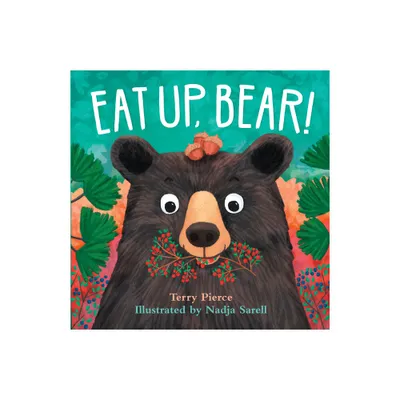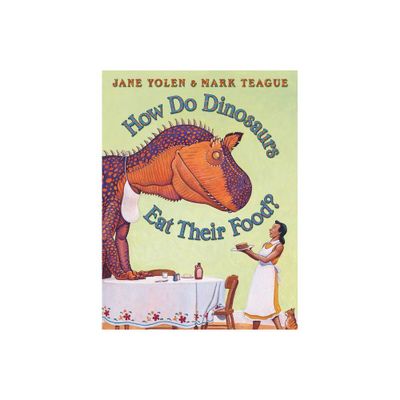Home
Eat Up!: An Infographic Exploration of Food
Loading Inventory...
Barnes and Noble
Eat Up!: An Infographic Exploration of Food
Current price: $22.95


Barnes and Noble
Eat Up!: An Infographic Exploration of Food
Current price: $22.95
Loading Inventory...
Size: Hardcover
*Product Information may vary - to confirm product availability, pricing, and additional information please contact Barnes and Noble
Written for middle-grade readers,
Eat Up!
is a colorful infographic look at the many surprising and fascinating facts about food. Information is presented in easy-to-understand graphics and clear explanations. Each spread explores a different aspect of the topic. Readers will find answers to a wide range of questions, including: Who grows our food? Where does our meat and fish come from? How does it get to us? What’s the difference between a hybrid and a genetically-modified crop? How do companies advertize to children? Who are the Big 10” food companies? How much farmland is there across the world?
Weightier topics (for example, farming and pollution, or child labor in agriculture), are balanced out by fun facts, such as extreme foods” and how our sense of taste works (and sometimes deceives us). Other topics include how food production has an impact on the local and global economy, access to food and food insecurity around the world, and conventional vs. organic farming.
Vibrant, dynamic illustrations, diagrams and photos and small chunks of text make this book ideal for reluctant or struggling readers.
Eat Up!
is a colorful infographic look at the many surprising and fascinating facts about food. Information is presented in easy-to-understand graphics and clear explanations. Each spread explores a different aspect of the topic. Readers will find answers to a wide range of questions, including: Who grows our food? Where does our meat and fish come from? How does it get to us? What’s the difference between a hybrid and a genetically-modified crop? How do companies advertize to children? Who are the Big 10” food companies? How much farmland is there across the world?
Weightier topics (for example, farming and pollution, or child labor in agriculture), are balanced out by fun facts, such as extreme foods” and how our sense of taste works (and sometimes deceives us). Other topics include how food production has an impact on the local and global economy, access to food and food insecurity around the world, and conventional vs. organic farming.
Vibrant, dynamic illustrations, diagrams and photos and small chunks of text make this book ideal for reluctant or struggling readers.


















